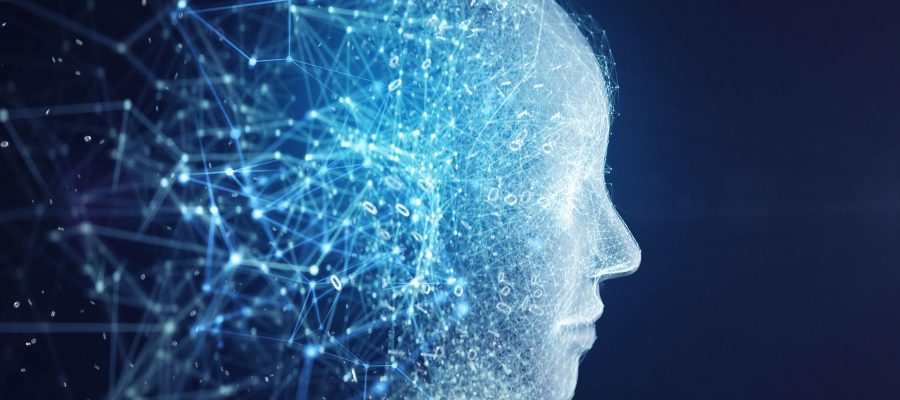By: Daryl Lim The signing of the first international AI treaty by the United States, European Union, and other nations marks a pivotal step in establishing a global framework for AI governance, ensuring that AI systems respect human rights, democracy, and the rule of law. This article advances the concepts of justice, equity, and the rule of law as yardsticks of socially responsible AI—from development through deployment—to ensure that AI technologies do not exacerbate existing inequalities but actively promote fairness and inclusivity. Part I explores AI’s potential to improve access to justice for marginalized communities and small and medium-sized law firms while scrutinizing AI-related risks judges, lawyers, and the communities they serve face. Part II examines the structural biases in AI systems, focusing on how biased data and coding practices can entrench inequity and how intellectual property protections like trade secrets can limit transparency and undermine accountability in AI governance. Part III evaluates the normative impact of AI on traditional legal frameworks, offering a comparative analysis of governance models: the U.S. market-driven approach, the EU’s rights-based model, China’s command economy, and Singapore’s soft law framework. The analysis highlights how different systems balance innovation with safeguards, emphasizing that successful AI governance








